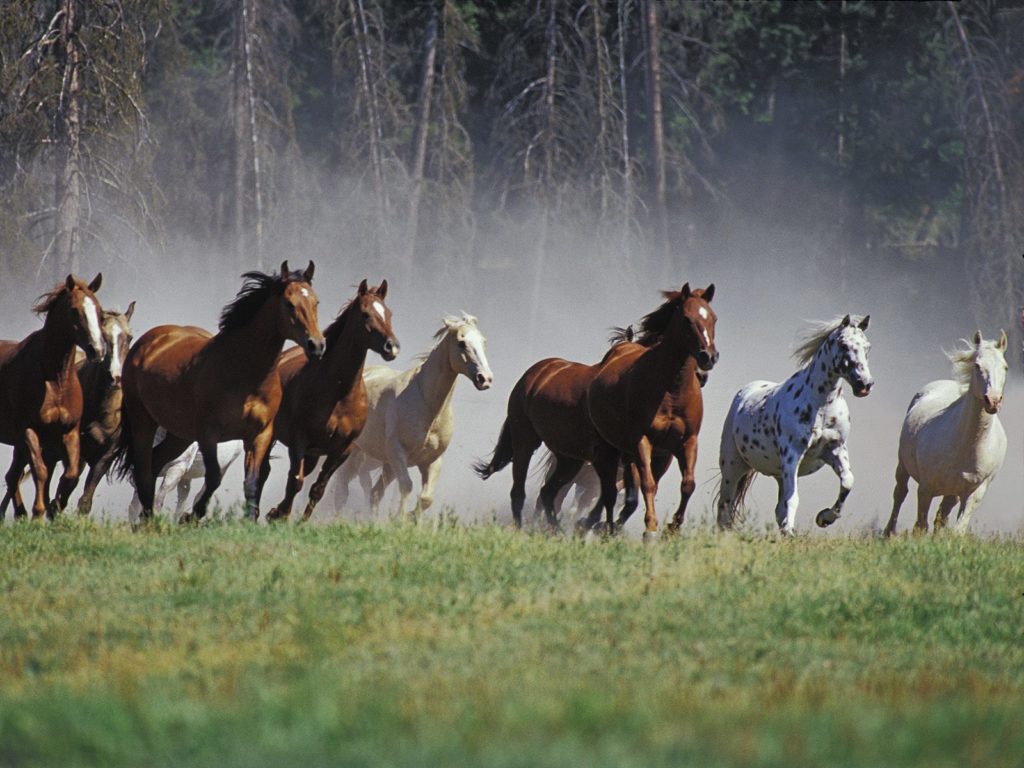Heels
In this article and the three following articles, I will be taking a look at some of the common problems with rider position that, if left uncorrected, will be a hindrance both to the rider and the horse. Although all parts of the rider’s body are connected and they will all influence each other, I […]
Legs
THE LEGS The legs are the connection between the rider’s seat and ankles, and as such are one of the most important elements of attaining true relaxation and suppleness on a horse. Together with the ankles, they are the base of a rider’s position. PUTTING WEIGHT IN THE LEGS To begin with, one should think […]
Seat, Spine and Shoulders
SEAT, SPINE AND SHOULDERS In my opinion, the seat, spine, and shoulders of the rider are so closely connected and dependant on each other that they cannot be separated. They can each influence the other, but cannot work independently of the other, so in this month’s article, I’m going to group them together as one, […]
